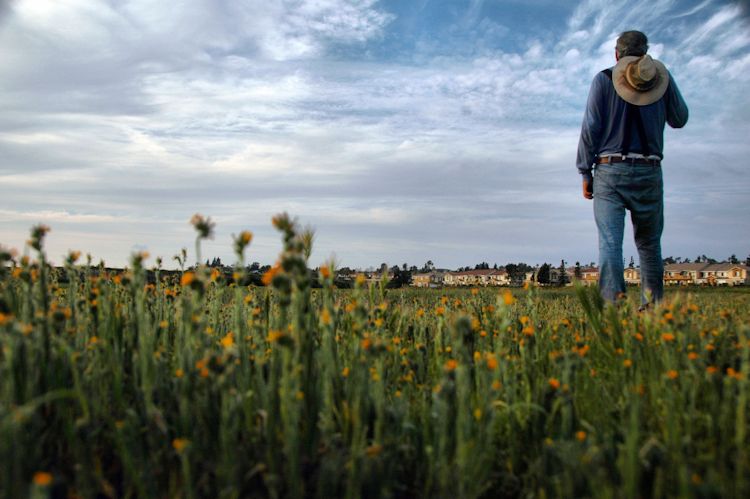Pax Nortona – A Blog by Joel Sax
From the Land of the Lost Blunderbuss
Home - Travel - Hikes and Trails - Notes on an Air Evac 2
Notes on an Air Evac 2
Posted on June 1, 2004 in Hikes and Trails
This is the second in a series about an event that took place on Memorial Day, 2004. I am writing it as I finish the sections in my head. It begins here.
 Living by rules keeps a hiker sane and uninjured. First, there are checklist rules: wear a hat, bring sufficient water, bring food, carry a first aid kit, have a rain cover handy, a map, and a space blanket packed away. To this checklist, we have added a few personal items such as glasses, bug spray, walking sticks, and medications. We had faithfully packed all of these, especially the water because we knew the day was going to be a hot one.
Living by rules keeps a hiker sane and uninjured. First, there are checklist rules: wear a hat, bring sufficient water, bring food, carry a first aid kit, have a rain cover handy, a map, and a space blanket packed away. To this checklist, we have added a few personal items such as glasses, bug spray, walking sticks, and medications. We had faithfully packed all of these, especially the water because we knew the day was going to be a hot one.
Despite the practices of some, hiking isn’t just about one’s own needs but also the needs of others. For this reason, there are the rules of community, some of them laws and others understandings. You stick to the trail so that you don’t cause erosion of the natural landscape. You don’t smoke, especially in southern California’s chaparral or forests infested by the bark beetle. You don’t go into closed areas. You walk to one side of broad trails so that faster parties such as trail bikers or marathon runners can pass you. You call out “on your right” or “on your left” when passing another hiker. All of these serve your interest of preserving and respecting the interests of other hikers.
Finally, there are the rules which must be invoked for special circumstances. Here, on the edges of the Cleveland National Forest, where mule deer hoards bring mountain lions, a wise hiker knows how to behave in the presence of pumas. It’s a damned good idea to know first aid basics, too. To some, the idea of practicing for bad things happening sounds morbid, but it saves lives. When I run into rattlesnakes, for example, I automatically perform a series of steps that I thought of through in my mind which begin with “retreat to a safe distance”. Likewise, when I saw the puma last October, I started on a protocol I had committed to memory long ago, which begins with “Stop. Face the beast.”
Working out contingency plans in your head can save your life and give you something to do during the boring hours plodding to a destination. I have yet to use it, but I have also worked out a “what if I am caught in the backcountry and there is a wildfire heading my way” protocol. Another is the “what if I break my arm” or “what if I break my leg” procedure. (I do my best to steer clear of these problems by avoiding puttting myself into likely situations for either to happen, but they remain a possibility.) What if my companion breaks her leg? What if someone is bit by a rattlesnake? What if we meet a mugger in the mesquite? And so on.
Because dehydration is such a risk in the mountains behind my condominium complex, I have planned what to do when water becomes precious. First, don’t attempt to ration water. Drink what I have. (People have been found dead with full canteens because they told themselves that they would only take a sip every half an hour.) Second, if supplies are getting low, proceed directly to the nearest source of clean drinking water. In Whiting Ranch Wilderness, this isn’t so hard. When I drop down the rim from Concourse Park, I set my path to cross Four Corners where there is a tap. The other day, for example, when I crossed the park to visit the other side of the park, I went up the Whiting Road to Four Corners where I retanked, descended the Billy Goat, came back up the Mustard Road to Four Corners where I retanked again, and then went back down the Whiting Road and up the Concourse Park trail where I knew I could get more water in the drinking fountains. Even if I don’t need very much water, I always fill up at Four Corners. Which fulfills a third requirement, when you have a chance to top off your supply, do it.
But this is not always possible. Out in the Cleveland National Forest, especially from the last rain of Spring to the first rain of winter, there are no safe sources of water. A few creeks flow almost all year round, but I wouldn’t drink the water out of them due to the reputed presence of Giardia. I carry all my own water. On temperate days, I can walk for a few hours on two Camelback loads. I suck from the tube as I am thirsty for it, seldom breaking my stride except to enjoy the scenery or lean on my pole in a shady area. So when I set out up the Silverado Motorway, I had my usual complement of fresh water in my Camelback and two quart canteens attached to my pack.
In our house, the Camelbacks are sacred. We fill them only with water. We do not allow the cats to play with even a string. To me belongs the task of filling them and securing their covers.
This time, because the day was going to be warmer than the few preceding it, I added a few ice cubes. I also packed an extra insulated jug in the truck for when we came back. Lynn also carried extra water in a plastic flask. We were prepared for the Silverado Motorway. What I did not forsee were two wildcards which crossed purposes with our enthusiasm to make the peak: Lynn’s shoes suddenly failing and sudden sickness on the trail. Together, they conspired to bring me into a bad situation from which I had to be rescued.
To be continued.

